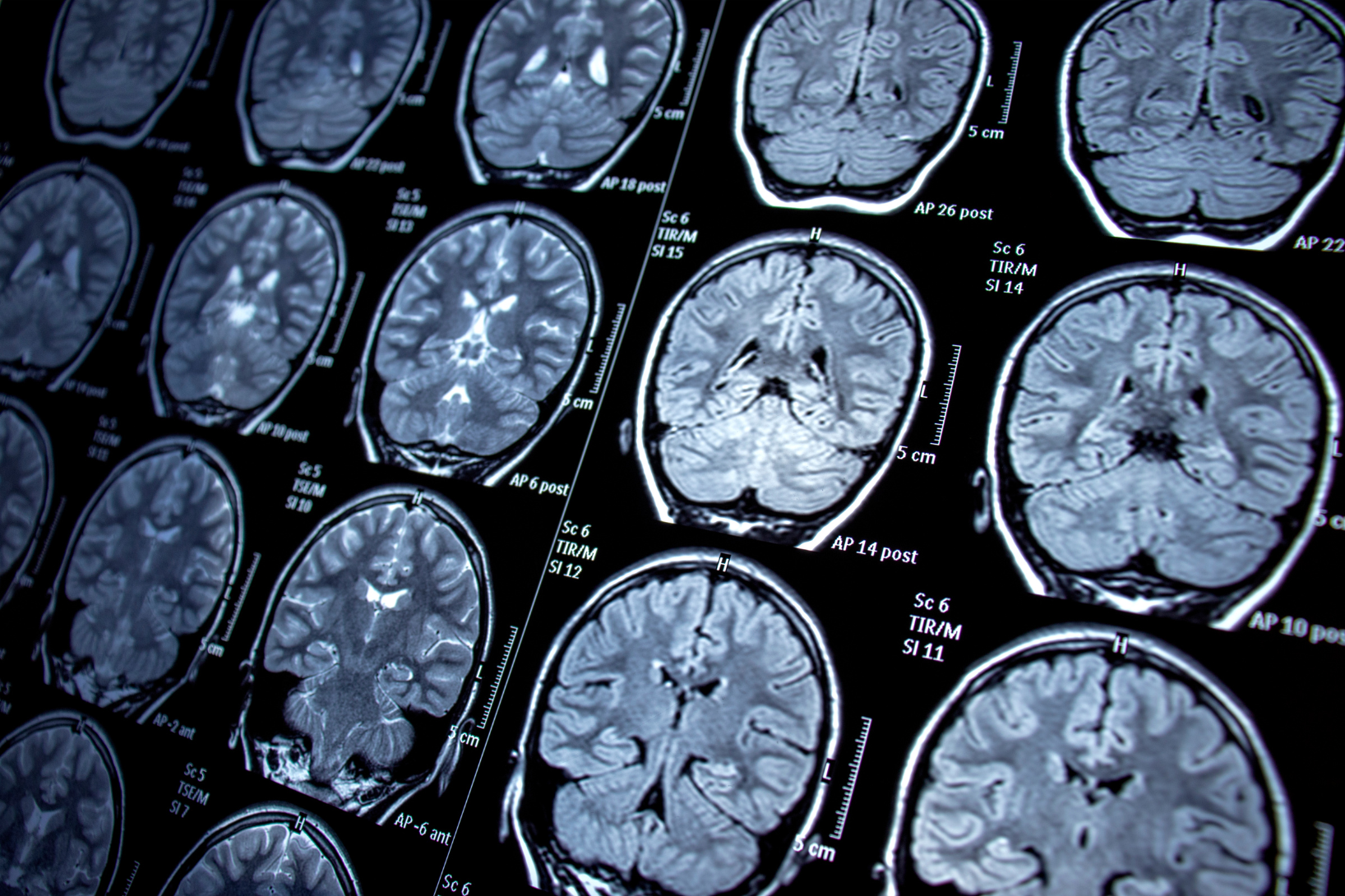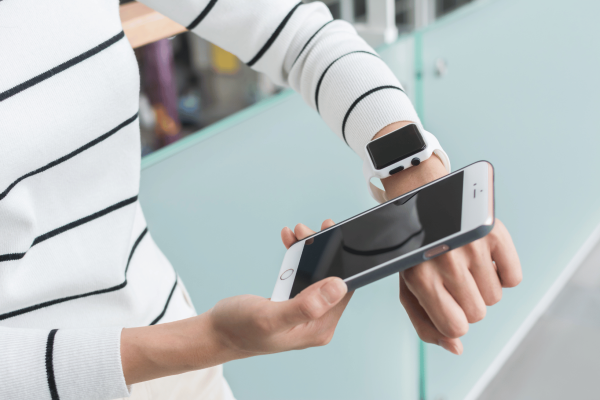Clinical trial imaging is different. There is a lot of variability involved with data collection. For studies engaging multiple sites, it is unlikely that each site will have the exact same imaging equipment. Imaging technicians may also perform their jobs differently, leading to slight variations in the imaging data. The variability can become compounded when studies require images from multiple modalities (MRI, CT, X-ray, etc.). This lack of standardization can lead to inconsistent interpretation by radiologist readers. Now add in the fact that most research teams have had to use separate software applications (sometimes multiple applications) and even platforms in order to collect, access, and analyze imaging data. With the number of moving parts involved, it is easy to see why imaging has become one of the most complex clinical research data challenges.
While we cannot buy every clinical trial site the same MRI machine, the team behind TrialKit can help make the data processes around clinical trial imaging much more efficient and consistent. TrialKit PACS allows researchers to access, interact with, and even adjudicate clinical trial imaging from the same TrialKit platform where they manage all other study data. For TrialKit users, there is no reason to continue using extraneous software applications or platforms for imaging. Here are eight reasons to move your imaging to TrialKit.
#1 – Streamline Your Imaging Workflows
By integrating DICOM images into the TrialKit platform, a centralized hub for all study data is created. This consolidation is a game-changer for researchers and clinical trial managers. It eliminates the need for separate systems to view and manage imaging and other trial data, thereby enhancing efficiency and saving significant time. This integration allows researchers to access and interact with a broad spectrum of medical images, including X-rays, MRI, and CT scans, directly within the platform.
#2 – Real-Time Access and Evaluation of Imaging Data
The ability to instantly access and evaluate medical images can lead to faster and more informed decisions. This capability is crucial not only for the advancement of the study but also for protecting patient safety and ensuring data quality. With real-time access, you can promptly identify potential risks to patient safety or other trends that require immediate action.
#3 – Robust Image Interaction and Analysis
The DICOM viewer integrated into TrialKit PACS features a complete range of tools for in-depth image analysis. Users can zoom, pan, and adjust image settings. Readers can circle areas within the digital image and make notes. The ability to interact with each image helps researchers to glean more from the data and reach conclusions faster.
#4 – Collaboration and Annotation
TrialKit PACS facilitates collaboration among radiologist readers, including adjudicators, by allowing users to annotate images and collaborate with other viewers in real-time. Readers can share insights, confirm findings, and immediately let each other know about any discrepancies faster than ever.
#5 – Integration of Imaging into TrialKit Analytics
Another significant benefit of TrialKit PACS is the ease with which imaging data can be integrated into data analytics. The ability to correlate imaging data with other trial metrics within the same platform allows researchers to reach deeper study insights more quickly. This integration is crucial for a holistic analysis of trial data, leading to more informed and comprehensive conclusions.
#6 – Customizable Dashboard Reporting
TrialKit allows you to configure and generate customizable dashboard reports that include imaging data alongside other clinical trial metrics. This feature provides a comprehensive overview of trial progress and outcomes, essential for stakeholder reporting. Dashboards also make it easy for study team members to quickly assess study performance – you don’t need to dive into detailed reports when you are only looking for a high-level checkup.
#7 – Secure and Compliant Cloud Storage
TrialKit ensures the highest standards of data integrity and compliance. The platform adheres to global regulatory requirements, guaranteeing that the storage and handling of medical images meet stringent security protocols.
#8 – Enhanced Accountability with Audit Trails
With TrialKit PACS, you never need to worry about data traceability. TrialKit meticulously logs every interaction with DICOM images within the platform. These audit trails ensure complete accountability and data integrity and meet the highest standards for regulatory compliance.
Conclusion
There are many benefits to integrating clinical trial imaging into the TrialKit platform. From streamlining workflows to enabling real-time access and evaluation of imaging data, enhancing collaborative efforts, and ensuring data security and compliance, TrialKit PACS is a unique and comprehensive solution that, finally, allows you to collect, store, and analyze your imaging data in the same place as the rest of your trial data.
Having all of your data in one place means you always have the most complete view of your study and that all of your decisions can be made based on all of your study data, imaging included. While some facets of clinical trial imaging may continue to be more variable than we would like (e.g., sites using different equipment), you can be assured that once your imaging data is uploaded into TrialKit, the rest of your imaging work will be streamlined and consistent.
Learn more about TrialKit PACS.




